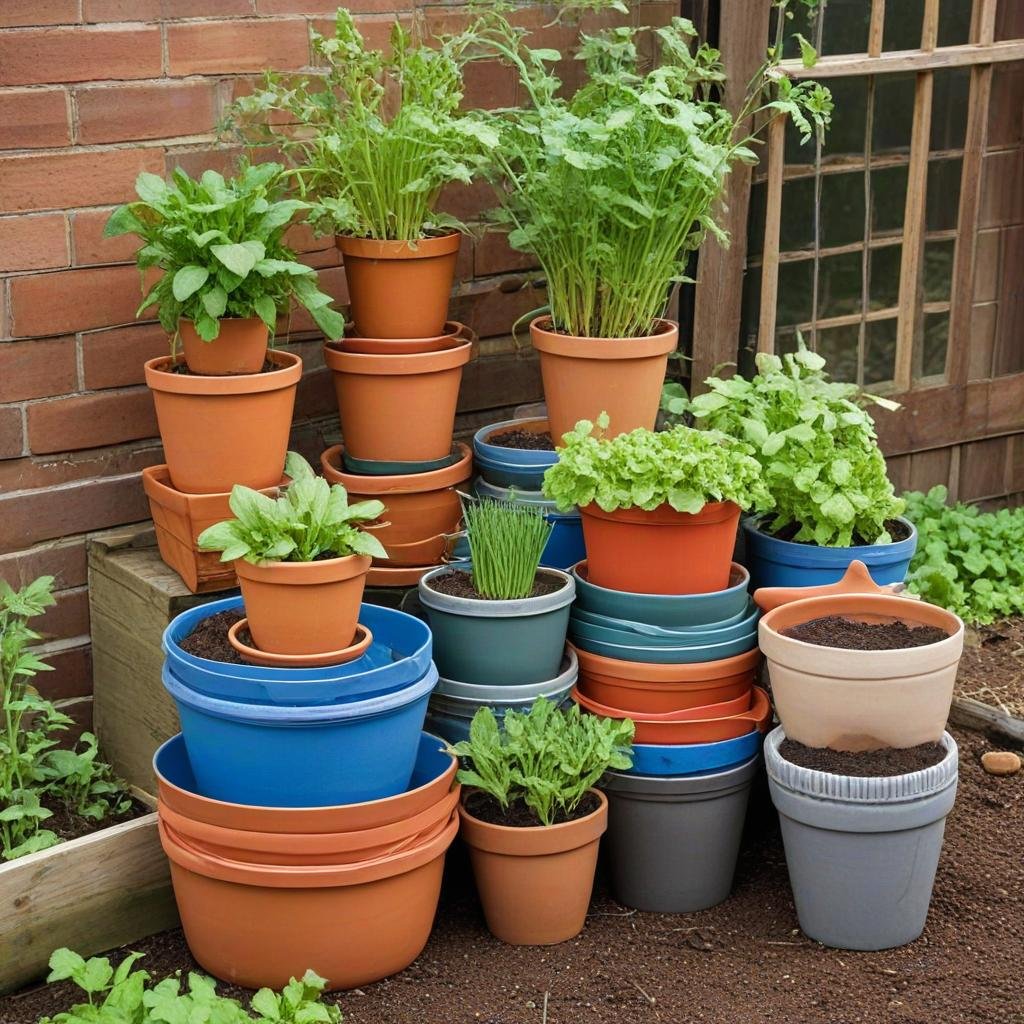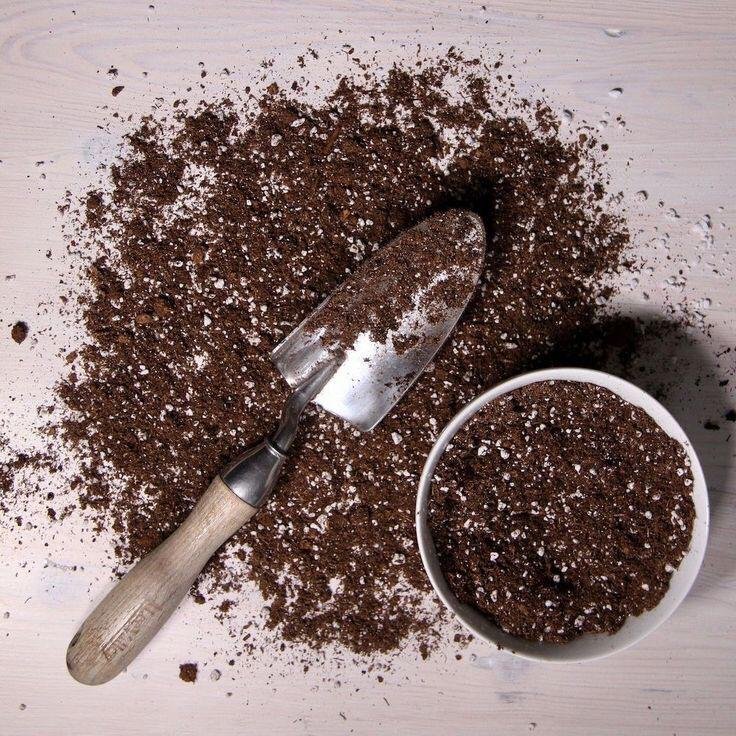Container gardening is a blessing for small space indoor plants. If you are looking for vegetable container gardening hacks and tips, then you are at the right place. Vegetable container gardening is an interesting way to develop new nutritional yield particularly if you lack a conventional huge space. With many containers and cultivating information, you can develop a bounty of vegetables right inside your loving house, indoor space or even in the balcony area. From opting the right containers to collecting your homegrown veggies, this article will walk you through the fundamentals of vegetable container gardening.
Why is it important to Vegetable Container Gardening?
Vegetable Container gardening offers many advantages such as:
- Space Productivity
Container gardening is a gardening gift for those with confined spaces. It provides better and efficient growth of the vegetables while occupying less area.
- Portability
Containers can be moved to optimize space usage, utilize daylight energy, or secure plants from dangerous rainfall. In this way, small containers can be easily moved from one place to another, saving plants and vegetables.
- Management and Control
You can painlessly oversee soil quality, moist situations, and bug control. Containers are especially designed to help in the development of plants and vegetables in all kinds of circumstances and under any situation. The management and control of vegetable container gardens is easy and budget friendly.
- Easy to install containers
Vegetable containers are perfect for those people who do not like plants on the floor. You can place these vegetables on your ceilings and walls. These vegetable containers get easily installed at heights where they grow just like other container plants placed on the floor grow.
Basic Steps to Vegetable Gardening
1.Right Containers for Right vegetables
Choosing the suitable containers is significant for fruitful vegetable gardening. You can do a deep market research and analysis if you want to. You may also like to check out these pots as well:
| Plastic Pots | Light weight Reasonable Accessible Available in different sizes Cheaper and less messy |
| Stoneware Pots | Charming Permeable But can dry out at times Easily available |
| Sacks | Airy Breathable for vegetables and plants Cheaper to arrange Easy to manage |

2.Choosing the Right Soil
Choosing the right soil is a fundamental step before diving into gardening. For that, maintain a strategic distance from cultivated soil and check for fresh quality soil that gives a boost to vegetable health. You should select a good quality preparing mix that may include supplements and nutrition. You can enhance the quality of soil by adding nutrition rich mix, compost, perlite, or vermiculite.

3.Suitable Vegetables for Containers
Not all vegetables flourish in containers. Therefore, select assortments suited to container cultivation. A many great choices include
- Tomatoes:Cherry and predominant assortments are especially well suited.
- Peppers: Most suitable peppers for containers are sweet and hot peppers.
- Lettuce: Green flora develop quickly in containers and take up a small space.
- Radishes: Crown for little containers as radishes grow very fast in containers.
- Carrots: Thumbelina or Nantes are best for containers as they fit perfectly in containers.
- Sauces: Basil, parsley, chives, and cilantro develop well in pots and include new flavor to your cuisine.
4.Planting Your Vegetables in containers
- Planning the right strategy to choose Containers
- Make sure all containers have satisfactory seepage holes for plant growth.
- Put any broken piece of clay pot or broken earthenware at the bottom of the container to make drainage better for plants.
- Fill the container with your preparing mix and leave some spaces at the top of the mix.
5.Planting Seeds or Seedlings
There are written instructions on the packaging about seeds when you buy seeds from the market. It guides where and how much depth the seeds need to place while planting. You should read these seed guidelines as well. Plant your desired seeds and cove them with soil and water. That is it. Your seeds have been sown correctly. When you plant seedlings, you need to leave a big gap in the soil. After that, plant the seedlings right into the hole and pour water on them. Let the seedlings settle and take good care of it.

6.Spacing while planting seeds and seedlings
You need to be careful about space management when you do planting. Packaging instructions of seeds are a must read. Pay attention to the specified guidelines on seed packets. Stuffing, overcrowding and over planting of seeds and seedlings can lead to bad development of vegetables. It can also cause severe exposure to bugs and bothers.
7.Care and conservation of Vegetable Containers
Containers dry out more quickly than cultivate farms. Check soil moistness and constantly water these containers when any inch of soil feels dry.
- Watering
Water your yummy vegetables until water runs out of the seepage gaps. It means water reached the deep and profound root of plants to save them from dehydration. Amid hot climate, you may bear the water every day. In cooler conditions, less watering is needed.
- Fertilizing
You can arrange various fertilizers to fast forward the growth of vegetable containers. You can use water absorbent fertilizers or other boosters in each two to four weeks to recharge supplements in the soil. Natural and organic materials can be incorporated such as compost etc.
- Bother and Malady Management
Keep the container’s diseases away by cleaning and drying the containers daily. To avoid different maladies and bugs or diseases, you can use natural bug control strategies similar as neem oil painting, insecticidal cleaner, or custom made sprays.
Boost the healthy environment of plants by using useful insects pulling flowers like marigolds and nasturtiums. These flowers attract healthy insects into the containers for betterment of vegetables. These flowers will bring beautiful insects into the garden such as ladybugs and butterflies etc.
8.Collecting Your Vegetables at the Right Time
Do you know when to collect your grown vegetables? You should know when and how to gather vegetables from containers. It is vital because getting natural products of your own labor feels satisfactory.
- Tomatoes: You can collect tomatoes when they are fully colored and are delicate to the touch.
- Peppers: You can collect peppers when they reach the color and size of your own choice
- Lettuce and Flora: You can collect these when you have done enough harvesting on them daily and now they do not require any harvesting.
- Radishes:You can collect radishes and drag them up when the roots are nearly an inch in diameter.
- Carrots: You can collect carrots when the cover face is seen from outside at the soil and the roots have come to the desired size
Cost-Effective Tips
- DIY Accessories
The best part of container gardening is recycling and saving the environment. You can use household products or any old bottles that are not being used. Such materials are very useful to make a homemade container for plants.

- Saving the Seeds
You can save extra seeds from your vegetables for another planting season.
- Dollar shops
Discover reasonable cultivating inventories like containers, accouterments, and beautifications at providence stores or dollar shops.
Conclusion
In a nutshell, Vegetable container gardening is a flexible and fulfilling way to develop your favorite veggies at home. With the right containers, soil, and care, you can appreciate new, homegrown vegetables that deliver a healthy diet to your meal all through the time. Homegrown veggie plants and containers also interface you with nature and offer a fulfilling experience to people’s mental health, prosperity, and moods. So, accumulate your containers, select your favorite vegetables, and begin your cultivating trip. Whether you are a normal nursery worker or a rook, the bliss of observing your vegetable containers growing in front of your own eyes is exceptional. So Happy Planting Folks!




